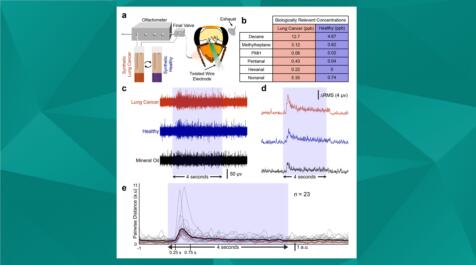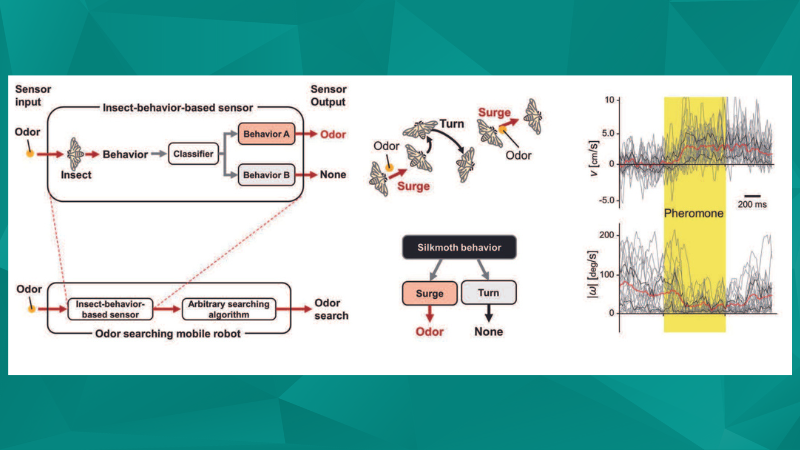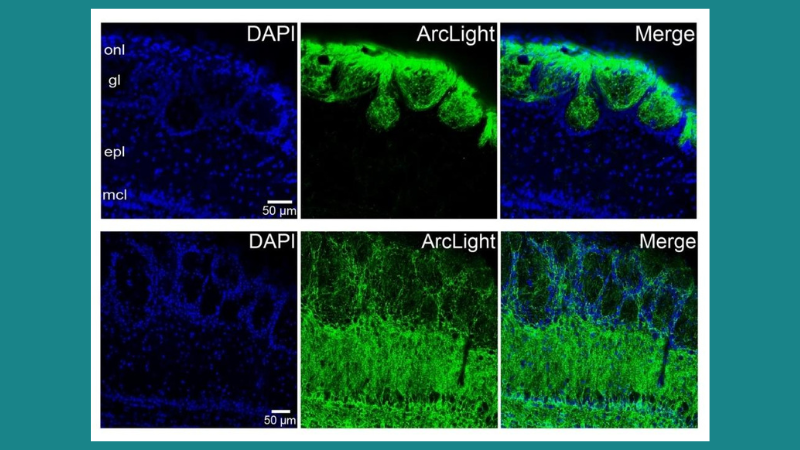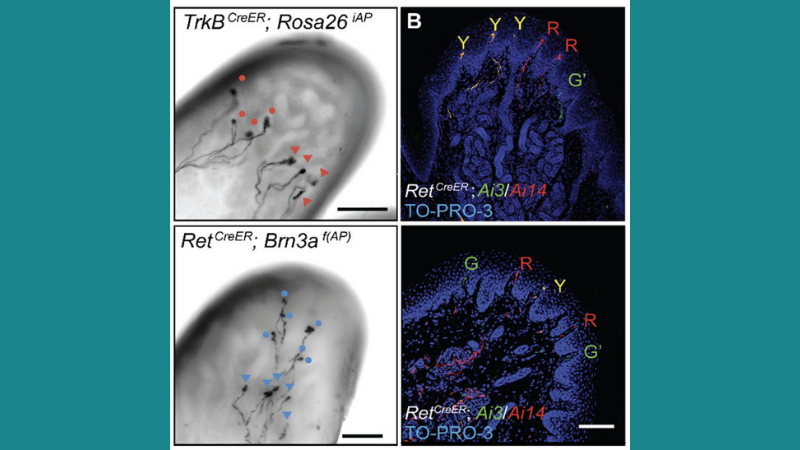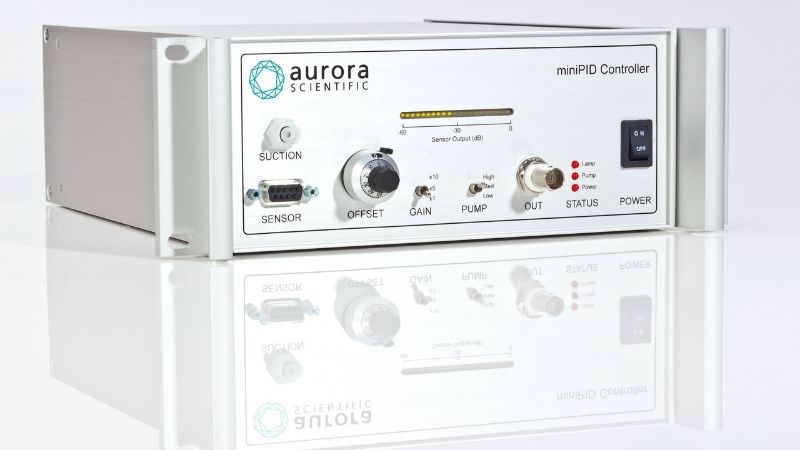Scent-imental Strides: Recent Olfaction Discoveries
The Canadian Neuroscience Meeting (CAN) is hosted in a different Canadian city each year, welcoming in researchers from across the country and beyond. In a scent-imental tribute to our inaugural CAN ...
Best of 2024: Intricate Advancements
As 2024 draws to a close, the following publication review features a collection of selected studies from our annual short-list. From uncovering the evolutionary novelties of sound production in ...
Scent-sational Developments in Neuroscience
In anticipation for ISOT 2024, taking place every 4 years, June's publication review encompasses a proof-of-concept for a novel biological sensor and novel insights into odour perception in the ...
Combinatorial encoding of odors in the mosquito antennal lobe
This study focuses on how mosquitoes encode individual odourants from host smells in their brain. Using an in-vivo preparation for
Best of 2023: Across Countries and Applications
2023 has proved to be a particularly fruitful year for scientific discovery, with a multitude of pioneering studies spanning continents and disciplines. From the intricate workings of muscle ...
Scents of Security: Emerging Olfaction Applications with Biorobots
The following publication review showcases several new and exciting findings in the olfactory sciences, highlighting how our instruments helped these researchers stir up the lab. The natural world ...
Industry Insights with Chris Rand from Aurora Scientific
Chris Rand, MSc, Sales and Marketing Manager, delves into the start and evolution of Aurora Scientific on this episode of #ShareScience, and our journey within the preclinical research world. He also ...
Neuronal Reorganization in Response to Odor
This publication review takes a look at two recent studies that examined the mouse olfactory bulb with help from Aurora Scientific olfaction ...
Best of 2021: Material Science
This publication review summarizes some of the best recent articles that fall under our Material Science ...
Best of 2021: Neuroscience – Olfaction and Somatosensation
Spatial arrangement of Ret+ and TrkB+ Meissner afferent cutaneous endings. Image courtesy of Neubarth et al., 2020.
How to Calibrate a 200B miniPID Using the Simple Gas Mixing Technique
The 200B miniPID is a fast response gas sensor commonly used in olfaction research as a validation tool to
Quantitative assessment of olfactory dysfunction accurately detects asymptomatic COVID-19 carriers
Coronavirus disease 2019 (COVID-19) is a disease caused by the SARS-CoV-2 virus. Although many people that contract COVID-19 remain asymptomatic, they may still transmit the virus. Therefore, it is important to identify these carriers to help prevent the spread of the disease. This study aimed to assess loss of smell and olfactory dysfunction in asymptomatic carriers, and to establish a precise method to quantify these parameters. The authors recorded detection in response to ten odorants at varying concentrations in normal healthy subjects and asymptomatic COVID-19 patients.



